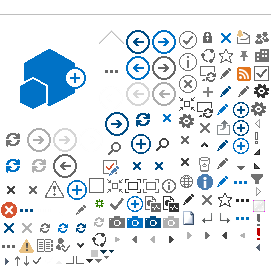Avoiding a decision can feel like maintaining the status quo. In reality, standing still might mean falling behind, losing a competitive edge or missing new opportunities.
How often do we weigh the cost of taking action without considering the cost of not taking it? Whether it's a personal goal, a business initiative or a team project, focusing only on the resources, time or money needed to do something often makes us forget about what we might lose by standing still.
In business, avoiding a decision can feel like maintaining the status quo. In reality, the world keeps moving. Standing still might mean falling behind, losing a competitive edge or missing new opportunities. For example, not investing in new technology may save money in the short term, but it can cost a business in productivity, customer satisfaction or long-term growth.
Opportunity cost is the value of what you give up when choosing one option over another. If you choose to delay rather than implement a project, you're not just saving resources—you're potentially losing out on the benefits that the project could have brought. Here are a few common examples:
Personal growth. Choosing not to invest in upskilling might result in a loss of promotions, connections or personal fulfillment.
Business decisions. Deciding against expanding into a new market may cost you in customer base, revenue and market share.
Team development. Skipping leadership training for your team can feel like a time-saver, but it may leave you with a disengaged or underprepared team.
Sometimes, inaction comes from not knowing the best path forward or feeling uncertain about potential risks. This is where working with a coach can make a significant difference. A coach provides an outside perspective that challenges assumptions and helps you see paths you may not have considered. They're there to ask the tough questions, keep you accountable and push you out of your comfort zone.
Coaching isn't just about giving advice—it's about learning to make decisions with confidence. A coach can help you evaluate the costs of action and the hidden costs of inaction, leading to choices that align with your goals and values.
Consider these practical ideas to help you move forward:
1) Identify hesitations. What's stopping you? Is it fear, time constraints or resource concerns?
2) Map out the opportunity cost. Write down what you're potentially missing by not taking action.
3) Consider a coach's perspective. If you're struggling to see the path forward, a coach can help bring clarity and guide you through options objectively.
4) Create small steps forward. If the big step feels overwhelming, break it down. Sometimes, a single action forward helps you gain perspective.
5) Set a review date. Consider the outcomes of this choice. If you choose inaction now, set a date to reevaluate and see if it's still the best path.
The price of inaction is often hidden but significant. By measuring the cost of not doing something, you can make more balanced, intentional decisions that propel you toward your goals, growth and long-term success.
Doris Dunn is president & CEO of Dunnwise Consulting. She specializes in coaching, leadership development and training programs, including continuing education (CE) courses for insurance professionals.
